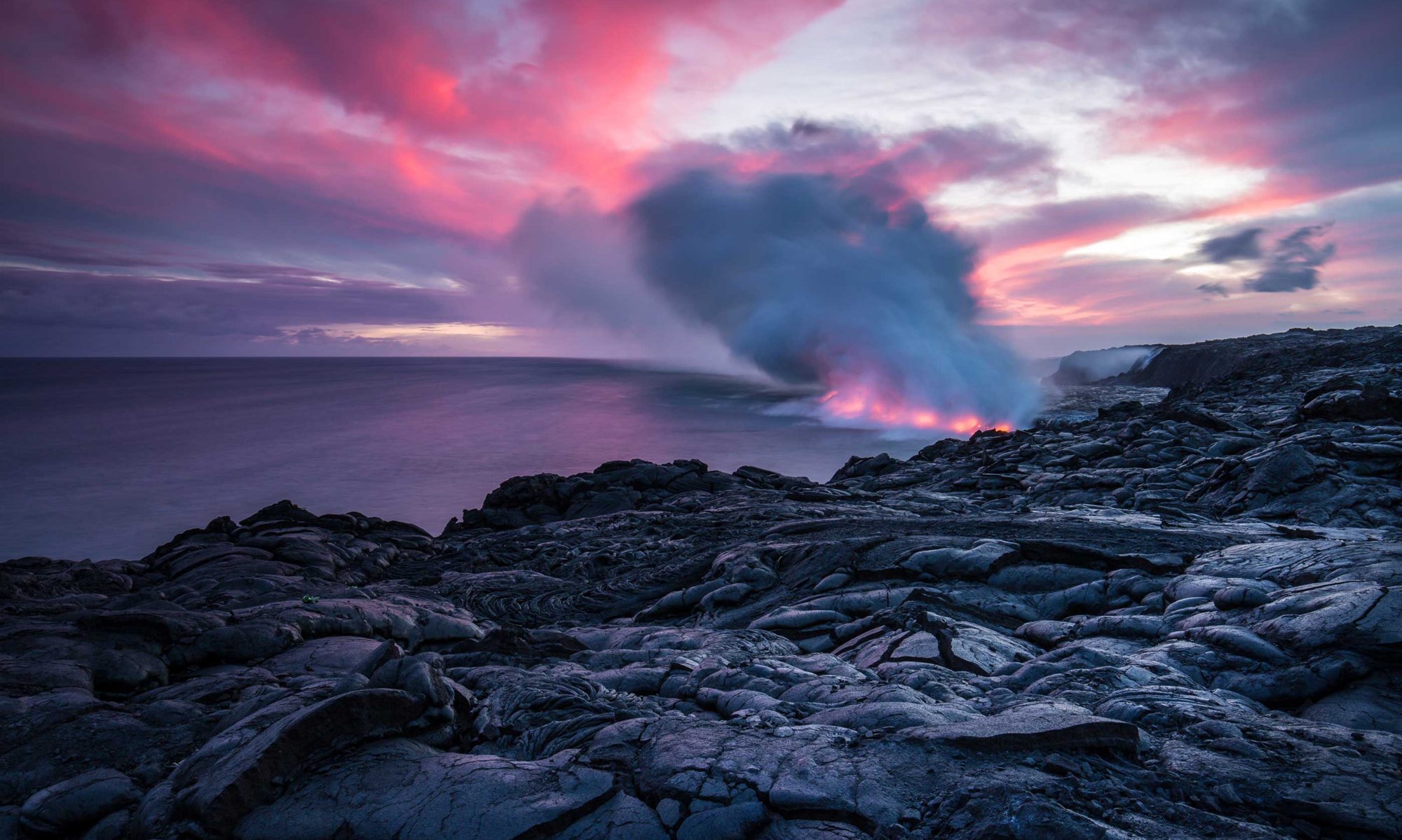Recent research on the Juneau Icefield, which spans the Alaska-Canada border near Juneau, Alaska, indicates a rapid acceleration in the melting processes of one of North America’s largest icefields. This research, highlighted in a publication in Nature Communications, presents an alarming scenario where the icefield might soon reach a tipping point that could be irreversible. The dynamics of the Juneau Icefield provide a stark example of Alaskan glacier dynamics, showcasing how rising temperatures contribute to significant climatic feedback loops.
Continue reading “Alaskan glacier dynamics signal tipping point”Linking climate change and earthquakes
Recent research and expert opinions are drawing connections between climate change and seismic activities, suggesting that climate change and earthquakes might have a more intertwined relationship than previously understood. This complex link revolves primarily around the impacts of global warming on glaciers and sea levels, which in turn may affect tectonic stability.
Continue reading “Linking climate change and earthquakes”Exploring the mysteries of the Indian Ocean gravity hole
The Indian Ocean gravity hole, a unique geophysical anomaly, has intrigued scientists since its discovery in 1948 by Dutch geophysicist Felix Andries Vening Meinesz. Unlike typical gravitational phenomena, this gravity hole, officially known as the Indian Ocean geoid low (IOGL), repels rather than attracts surrounding materials, creating significant depressions in oceanic water levels. The most profound instance of this phenomenon has caused the sea level to dip by an astonishing 348 feet (106 meters), making it the world’s largest and deepest known Indian Ocean gravity hole.
Continue reading “Exploring the mysteries of the Indian Ocean gravity hole”Rising wildfire carbon emissions fuel climate crisis
Recent research highlights the escalating impact of the climate crisis on wildfire activity worldwide, revealing a troubling rise in the intensity and frequency of extreme wildfires. These devastating events are not only more common but also increasingly severe, showcasing the dramatic effects of global heating in action. This trend poses significant threats, not least through the exponential increase in wildfire carbon emissions which contributes further to global warming.
Continue reading “Rising wildfire carbon emissions fuel climate crisis”Seawater intrusion risks Antarctic ice sheets
In a groundbreaking study published in Nature Geoscience, researchers have identified a critical tipping point in Antarctica’s ice sheets, profoundly impacting future sea level projections. The study focuses on the mechanism of seawater intrusion, where warming seawater infiltrates between coastal ice sheets and their underlying grounding zones. This process initiates a destructive feedback loop: as warm water melts cavities within the ice, these cavities expand, allowing more water to penetrate deeper. This seawater intrusion effectively lubricates the ice, accelerating its collapse into the ocean, and consequently exacerbating sea level rise.
Continue reading “Seawater intrusion risks Antarctic ice sheets”Iceland’s magma reservoir fuels eruptions
In recent years, the Reykjanes Peninsula of Iceland, dormant for 800 years, has seen a resurgence of volcanic activity, causing significant disruptions and raising concerns about long-term impacts. Since 2021, multiple eruptions have upended daily life in this densely populated region, prompting evacuations, power outages, and infrastructure damage. This resurgence has evoked memories of past volcanic events, such as the disruptive Eyjafjallajökull eruption in 2010, although the scale of current eruptions remains comparatively contained.
Continue reading “Iceland’s magma reservoir fuels eruptions”Global impacts of marine cloud brightening
A recent study published in Nature Climate Change explores the complex implications of marine cloud brightening, a geoengineering technique intended to combat rising temperatures due to global warming. This method involves dispersing reflective aerosols, such as sea salt, into stratocumulus clouds to increase solar radiation reflection back into space. Initially developed to cool regions like California, the study reveals that such interventions could paradoxically intensify heatwaves in distant locations like Europe, illustrating the unpredictable nature of regional climate engineering.
Continue reading “Global impacts of marine cloud brightening”Addressing topsoil erosion in U.S. agriculture
The increasing rates of topsoil erosion across agricultural regions in the United States present a critical threat to food production and environmental sustainability. Recent findings published in the journal Catena emphasize the stark disparity between the slow formation of topsoil and its rapid loss, particularly in America’s breadbasket where erosion rates are five times higher than soil formation rates. This imbalance, highlighted by hydrologist Shahab Shojaeezadeh and his team, underscores the urgency of addressing soil degradation to protect a fundamental resource vital for agriculture.
Continue reading “Addressing topsoil erosion in U.S. agriculture”Iceland’s leap in magma chamber energy extraction
Once a financially struggling nation, Iceland has astonishingly transformed into the 15th wealthiest country in the world per capita. This dramatic change is largely due to its innovative approach to energy production, particularly through geothermal power. Initially reliant on expensive fossil fuel imports, Iceland shifted its strategy following the 1970s global oil crisis, turning to its abundant natural resources like glacial rivers, waterfalls, and volcanic landscapes to pioneer renewable energy solutions. By the early 1980s, nearly all of its energy production had switched to renewable sources, clearing the once smog-filled air above its cities.
Continue reading “Iceland’s leap in magma chamber energy extraction”DestinE: Advancing the Earth Digital Twin project
Scientists have constructed a highly advanced Earth digital twin named Destination Earth (DestinE), aimed at capturing the intricacies of global climate and weather patterns. This initiative, supported by the European Commission with over €315 million from the Digital Europe programme, represents a significant leap in our ability to forecast and respond to environmental challenges. Unlike traditional models that focus on localized regions or broader global phenomena, DestinE integrates human activities with natural processes, providing a comprehensive simulation of the Earth’s systems.
Continue reading “DestinE: Advancing the Earth Digital Twin project”
